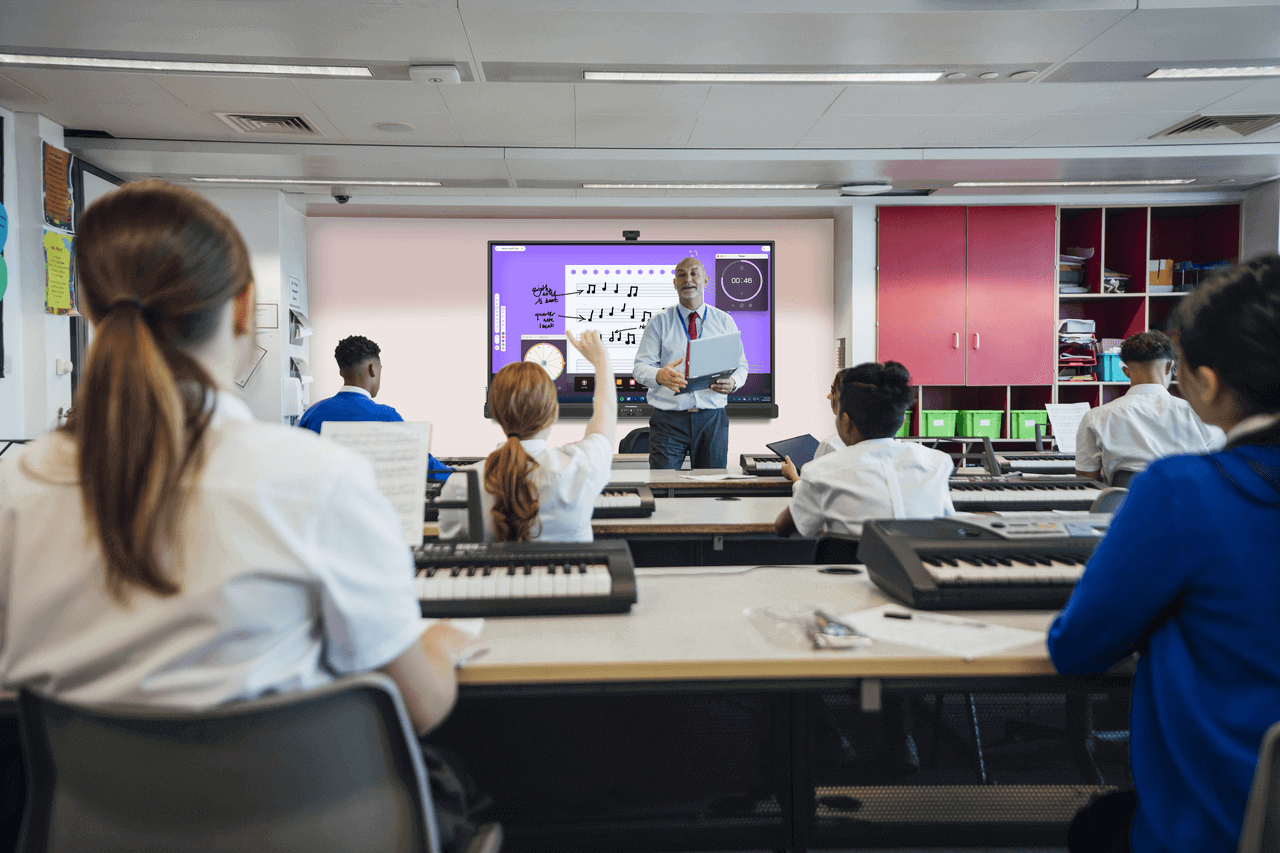Published on April 20th, 2023
Are schools giving social-emotional learning the attention it needs?
7 minute read

The 2023 State of Technology in Education report revealed that social-emotional learning (SEL) is the top priority in schools for the second year in a row. Social-emotional learning helps students gain essential soft skills, including self-awareness, self-management, responsible decision-making, social awareness, and relationship skills. But while the majority of educators (88%) who shared their experiences in the report said their schools implemented measures to support the social-emotional needs of students, they may be wondering if the realities in classrooms match their expectations for SEL.
Expectations versus realities of social-emotional learning
In addition to helping students learn to navigate challenges in and out of the classroom, social-emotional learning has been shown to help students process the trauma and anxiety that resulted from the pandemic in a healthy, positive way. A win for students and educators alike, SEL has proven to increase student attendance, motivation, and achievement while decreasing behavior disruptions, delinquencies, and anxiety. It’s no surprise that educators believe addressing student’s social-emotional needs is essential.
But while most schools implemented measures to support the social-emotional needs of students, it may be surprising to learn that nearly one-quarter of educators say achievement is still prioritized above SEL. Drilling deeper into report findings highlights a discrepancy between teachers’ and administrators’ perceived importance of SEL over scholastic achievement. The report found that school administrators are 18% more likely than teachers to say SEL is the top priority. And students reflected the clash between expectation and reality, with 82% saying their academic results were the highest priority for teachers.
Resource shortages contribute to conflicting priorities
What might account for this discrepancy? Likely contributors were the resource shortages that marked the 2022 school year. The State of Technology in Education showed that 82% of educators felt their day-to-day role was impacted by staff shortages. One in three educators said they lacked IT support, and 57% reported they had to take on more responsibility and work as a result. Seven in 10 educators felt their schools expected them to adapt, and more than half felt the issue of staff shortages wasn’t addressed enough.
When resources and support are limited, the time and effort teachers can dedicate to lessons gets stretched thin. Teachers may feel they have to make the hard choice to spend limited preparation and lesson time on core academics rather than creating lessons and integrating new activities for focus areas like SEL. Even though 38% of educators made themselves available outside of lesson time, the lack of resources was a likely culprit for downgrading SEL below academic achievement.
How edtech can help teachers maintain SEL as the priority
Education technology, like the ActivPanel, puts intuitive, easy-to-use tools into the hands of teachers that helps streamline their workflow and minimize workload demand. With interactive edtech, teachers can quickly access lesson plans they have already created and easily share teaching resources with co-teachers. Edtech also makes incorporating district-provided coursework easy, minimizing the need to create all-new materials. Simplifying teacher’s prep work gives them back time they can use to incorporate social-emotional learning.
Teachers also use edtech to incorporate SEL activities into lessons quickly and easily. In the report, 67% of educators said that technology is a good tool for supporting student’s social-emotional needs. A teacher can integrate self-awareness practices by asking students how they are feeling with the panel’s polling app. Educators also use technology to support social awareness, relationship skills, and self-management. In the report, teachers said they do this by encouraging student communication, collaboration, and community-building through messaging tools (45%) and facilitating group work (42%). And students respond well, with more than 90% of report participants agreeing it helps them connect with their peers.
Encourage teacher self-care to minimize burnout
Another way administrators can help teachers prioritize social-emotional learning is to encourage them to take time to focus on self-care. With the added strain and workload teachers are feeling, the need for taking extra steps to avoid burnout is important. Administrators can provide teachers with resources for exercises like practicing mindfulness and connecting with colleagues in even brief moments of downtime. These activities can help them maintain their own well-being and stay mentally energized to provide their students with the best education possible.
Supporting teachers is key to successful social-emotional programs
While educators recognize the importance of addressing students’ social-emotional needs, the reality of resource shortages can make it difficult to prioritize SEL over academic achievement. School leaders and administrators can help support the implementation of social-emotional programs by providing teachers with edtech resources to manage workloads and easily incorporate SEL activities into lessons, as well as encouraging teacher self-care to prevent burnout. These measures will, in turn, help schools create a positive learning environment that prioritizes the well-being of both students and teachers.
Download the 2023 State of Technology in Education report to read insights on what matters most in education right now, including SEL, staffing shortages, the student experience, and the future of education.




